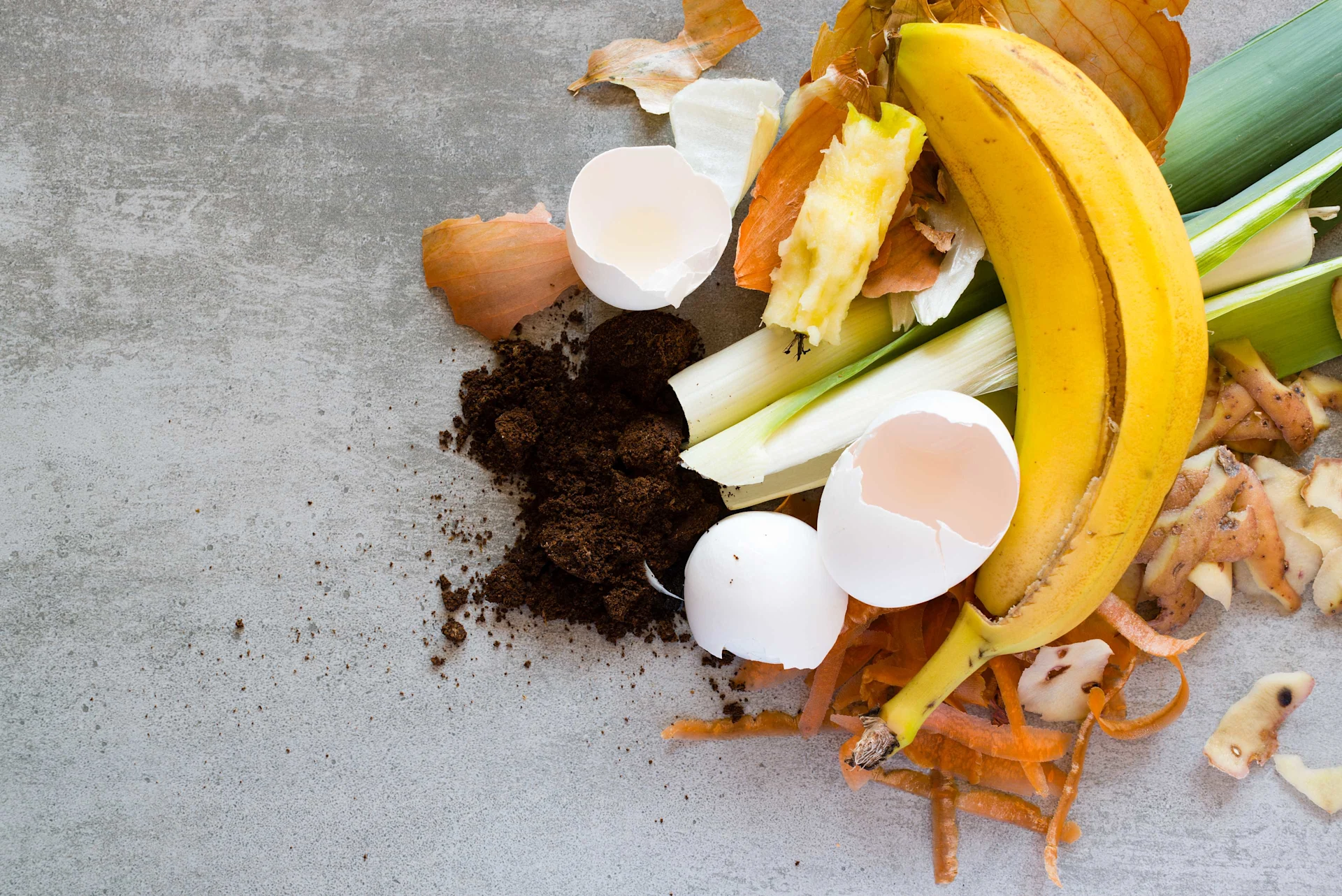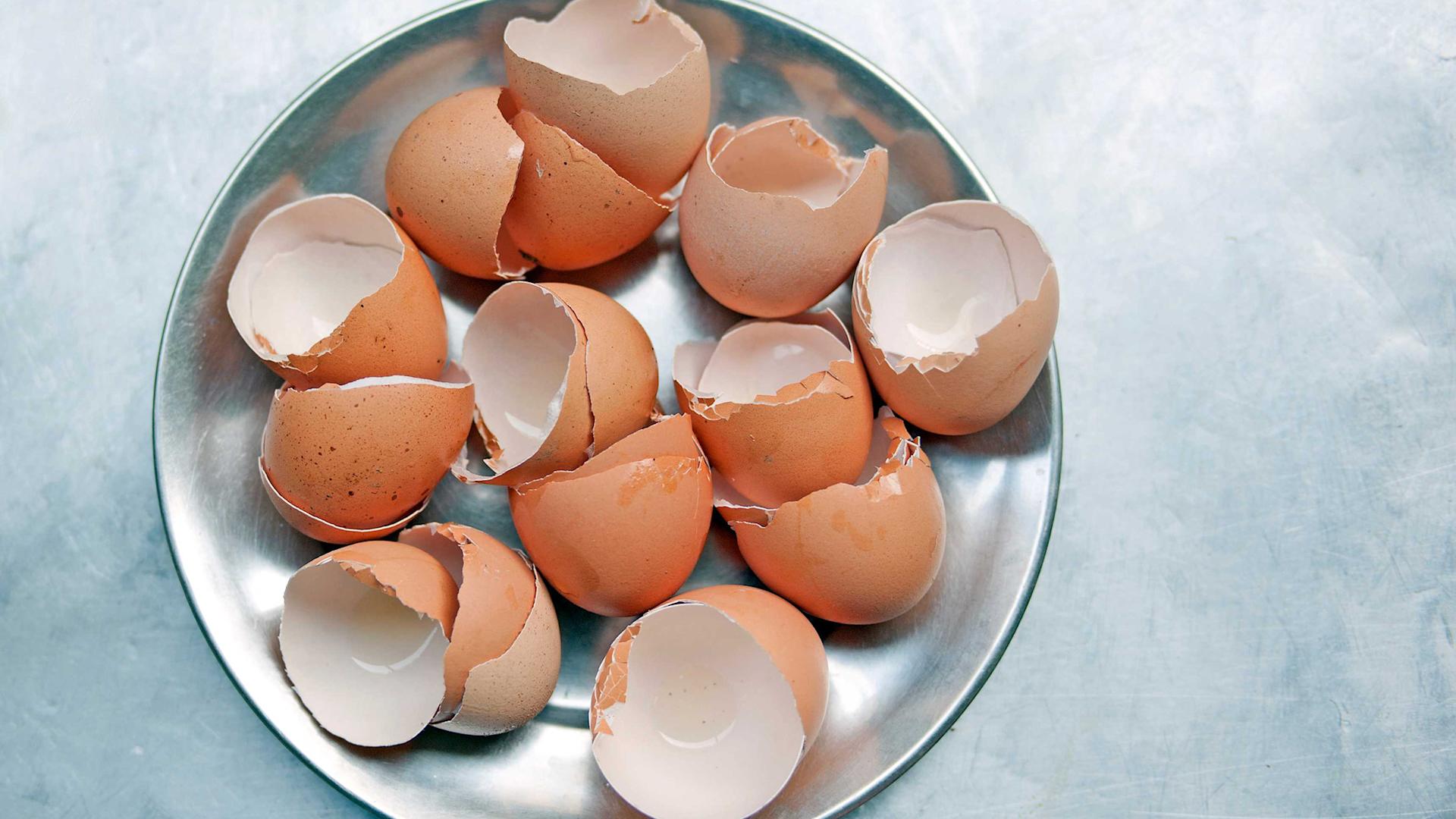
Food waste
What do you know about food waste?
Take part in the food waste quiz and find out how much you already know.
navigation

Food waste
Eggshells contain lots of calcium, making them far too good to throw away with your organic waste. What’s more, a little skill is all it takes to turn them into pretty accessories.
Eggshells consist of 90 per cent calcium. Any plant that loves calcium will thank you if you crumble the eggshells and then spread them over the soil as fertiliser. These include peonies, chrysanthemums, tomatoes, onions, redcurrants, chives, chard and elderberries. Incidentally, it’s best to water the plants using the water from your egg pan at the same time – after letting it cool down first.
Do you have a vegetable garden? If so, you can protect your lettuces by placing coarsely crushed eggshells around them. Snails don’t like crawling over the sharp edges.
If you like filter coffee, try placing a few pieces of thoroughly cleaned eggshell in amongst the coffee powder in the filter. This not only enriches your coffee with valuable calcium, it also makes it taste less bitter.
Admittedly, the idea of chewing crunchy eggshells doesn’t sound that appetising; however, try grinding them into a fine powder in a mortar and then mix them into your muesli or add them to fruit in a blender to make a smoothie. This will give you an extra dose of calcium, which is important for healthy bones and teeth.
Getting liquid into a container with a narrow opening is a tricky business. If you don’t have a suitable funnel to hand for pouring syrup into a thin-necked bottle, for example, you can make one using an eggshell in no time at all. To do this, use a thick needle or chopstick to carefully poke a hole through the bottom of the shell.
After you’ve finished eating your dippy egg, you’re left with a natural pot for growing seedlings. Conveniently, you can leave the plant in the eggshell when the time comes to repot it, as the shell will decompose in time anyway and also serves as fertiliser. It’s really easy to grow cress like this – simply fill the eggshell with a small spoonful of soil, sprinkle with cress seeds and then water carefully. The first green leaves will start to appear after just two days. Use a pretty egg cup or simply an egg box as a base.
You’ll need a little skill to make this pretty Easter decoration. Wash the empty shell thoroughly. Use either leftover candle wax or granulated candle wax and let it melt. Then add a wick (tip: wrap the end around a toothpick) and pour the liquid wax into the eggshell. You can paint or decorate the eggshells however you like. There’s a great guide on how to do this at famigros.ch.
Mini-cakes baked in eggshells are a great addition to any Easter brunch. For six mini-cakes, you’ll need one egg and then five other eggshells set aside. Carefully beat the egg with a spoon and mix the contents with sugar until frothy. Then add butter, flour and baking powder. Next, butter the insides of the eggshells and, using a piping bag, carefully pour in the batter. It’s best to bake the mini-cakes in cupcake moulds or liners. You’ll find the full recipe at migusto.ch.
The boiled, coloured organic picnic eggs (4 × 53 g) are now packed in cardboard, enabling us to reduce plastic consumption at Migros by over 14 tonnes a year.
Whether for when you’re shopping or in the kitchen, we offer tips on little everyday things that you can do to help the environment.